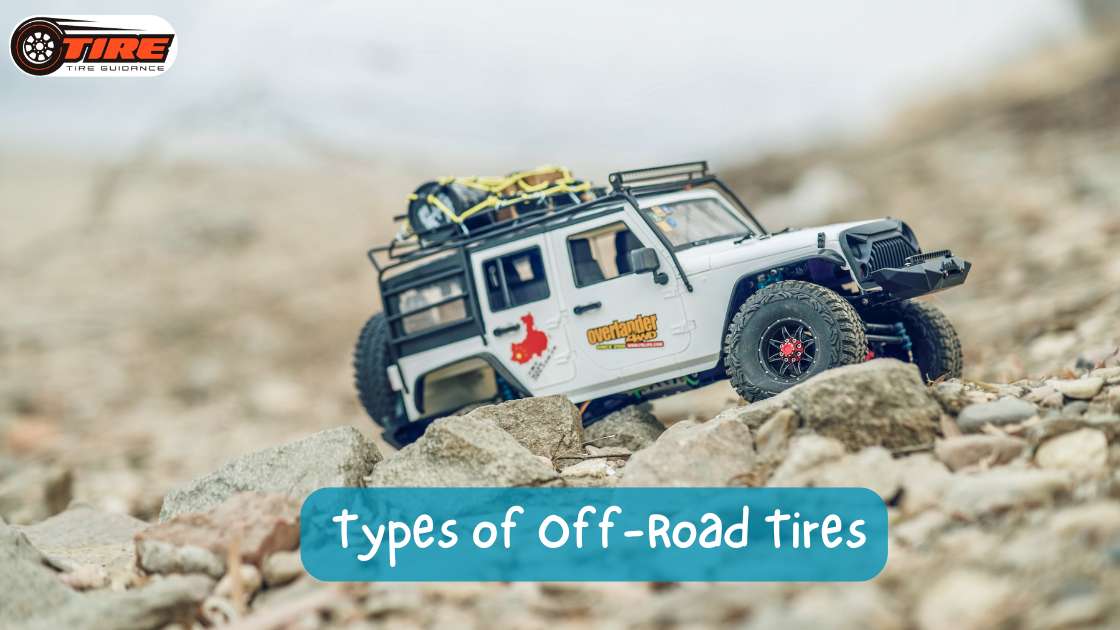Off-road tires come in various types, including mud-terrain tires designed for deep mud and rocky surfaces, all-terrain tires that balance on-road comfort with off-road capability, and rock-crawling tires that offer maximum traction on rugged terrains. Each type features specialized tread patterns and sidewall reinforcements to handle different off-road conditions.
Table Of Contents
Introduction to Off-Road Tires
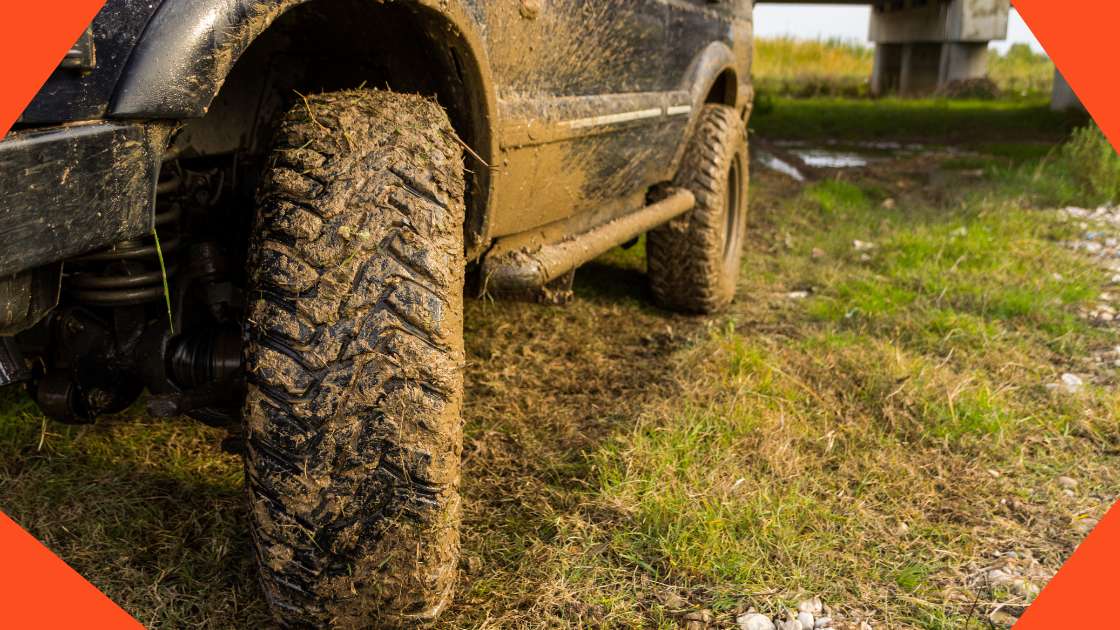
Off-road driving offers a thrill that’s hard to match. Whether navigating through rocky paths, muddy trails, or sandy landscapes, having the right tires can make all the difference.
Off-road tires are specially designed to tackle these challenging terrains, ensuring both performance and safety.
Purpose of Off-Road Tires
The primary purpose of off-road tires is to provide vehicles with the necessary traction and stability needed for uneven and unpredictable surfaces. Unlike standard tires, off-road tires are crafted to handle the unique challenges of different terrain types—think deep mud, loose gravel, or rugged rocks.
Here’s a closer look at what makes these tires essential for adventurous driving:
- Enhanced Traction: Off-road tires feature deep treads designed specifically for gripping various surfaces. The larger tire contact patches and aggressive tread patterns help prevent spinning out or getting bogged down.
- Durability: Off-road conditions can be rough on vehicles, especially tires. Off-road tires are built from tougher materials, ensuring they can withstand punctures, abrasions, and impacts from sharp objects.
- Improved Handling: The design and construction of off-road tires contribute to better handling and stability, allowing drivers to navigate sharp turns and steep inclines safely.
- Adaptability: Many off-road tires can perform well on-road, making them versatile for those who may switch between urban and adventurous driving.
Imagine driving your vehicle on a scenic hill covered with loose stones and gravel. Standard tires might have trouble holding their grip, making the ride bumpy and unenjoyable. In contrast, off-road tires would provide the necessary traction to smoothly conquer the incline, enhancing the overall experience.
Importance of Choosing the Right Off-Road Tire
Choosing the correct off-road tire is paramount in maximizing performance and safety in off-road conditions. With so many options available, the decision can feel overwhelming. However, it’s vital to consider several factors to ensure the right fit for both the vehicle and driving style.
- Terrain Type: Think about where you’ll be driving most frequently. Different tires cater to various terrains—be it mud, rocks, or sand. For example:
- Mud-Terrain Tires: Feature large, aggressive tread patterns and self-cleaning capabilities. Ideal for muddy conditions.
- All-Terrain Tires: Offer a balance for those who drive both on-road and off-road. These tires provide decent traction on various surfaces without sacrificing too much performance on paved roads.
- Vehicle Compatibility: It’s essential to ensure that the tires chosen are compatible with your vehicle. Check load capacities and fitments to avoid any potential issues while driving.
- Driving Style: How do you plan to use your vehicle? If you’re an avid off-roader participating in extreme trails, investing in specialized mud or rock tires would be wise. However, if your off-roading adventures include weekend trips with some flights through urban terrains, an all-terrain tire would likely serve you better.
- Weather Conditions: Don’t forget the climate! If you live in an area with heavy rainfall and muddy roads, investing in tires that excel in such conditions will increase both safety and performance.
Remembering these factors can make the decision process much more straightforward. For instance, one avid off-roader shared their experience of getting stuck in mud with the wrong tires.
Their standard all-season tires slipped and spun in the muck, ultimately ruining what was meant to be an adventurous day out. Since switching to mud-terrain tires, they’ve never looked back—and now, weekends solely revolve around off-road excursions!
In conclusion, understanding the purpose and importance of off-road tires is crucial for anyone looking to explore the great outdoors in their vehicle. With the right tire choice, off-road adventures become not just possible but downright enjoyable!
Different Types of Off-Road Treads
As off-roading continues to gain popularity, understanding the variety of tire treads available becomes essential for enthusiasts. Each type of tire is engineered with specific features that cater to different terrains, influencing performance significantly.
Now that the importance of selecting the right tire has been established, let’s delve into two popular categories: All-Terrain Tires and Mud-Terrain Tires.
All-Terrain Tires
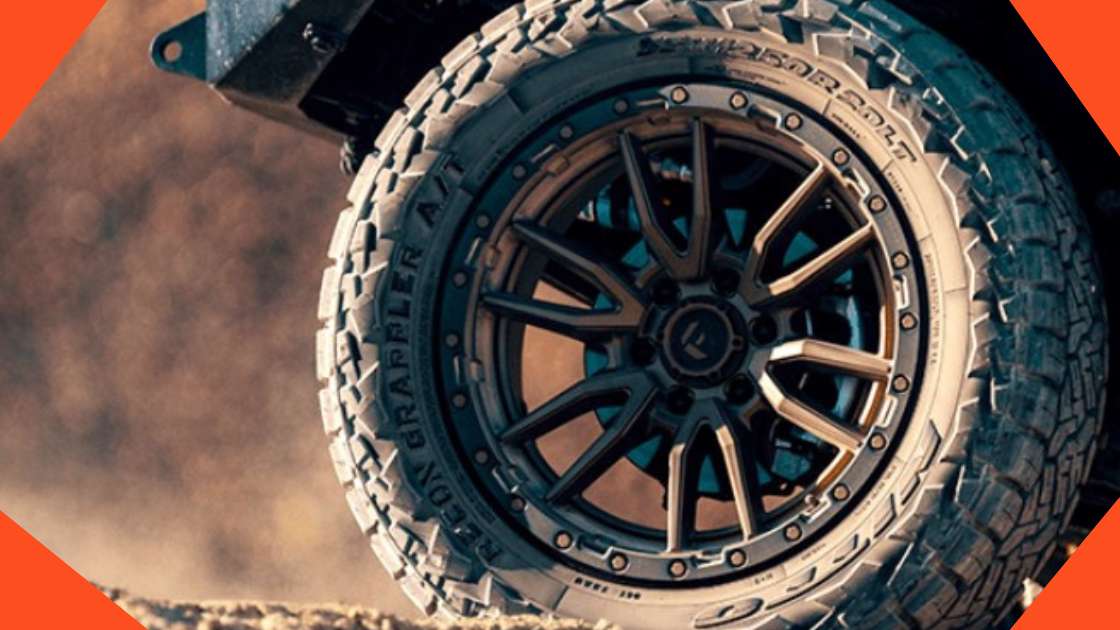
All-terrain tires are the perfect choice for adventurous drivers looking for versatility. They strike a fine balance between on-road smoothness and off-road performance, making them a favorite for those who frequently transition between multiple terrains.
- Versatile Design: All-terrain tires have a more moderate tread depth that allows them to perform adequately in various conditions. This means they can handle light gravel and uneven surfaces while still being viable for highway driving.
- Tread Pattern: The tread designs on all-terrain tires are a blend of more aggressive patterns, often combining both larger voids for off-road grip and smaller, tighter patterns for better on-road handling.
- Comfortable Ride: Drivers appreciate the relatively quiet ride and comfort that all-terrain tires offer when compared to more aggressive off-road options. This makes them a suitable choice for daily drivers who also enjoy the occasional off-road trip.
Imagine heading out for a weekend camping trip. You might start on the highway, where your all-terrain tires handle the pavement flawlessly, before transitioning onto a gravel path leading to a serene campsite. With these tires, you won’t experience that jolting feeling or unwarranted noise, enabling a smooth journey throughout.
- Examples of All-Terrain Tires:
- Goodyear Wrangler All-Terrain Adventure
- BFGoodrich All-Terrain T/A KO2
- Michelin LTX A/T2
While all-terrain tires offer ample capabilities, they are not necessarily the best choice for extreme off-roading scenarios. If your adventures frequently lead you to more challenging terrains, you might want to explore specialized mud-terrain options.
Mud-Terrain Tires
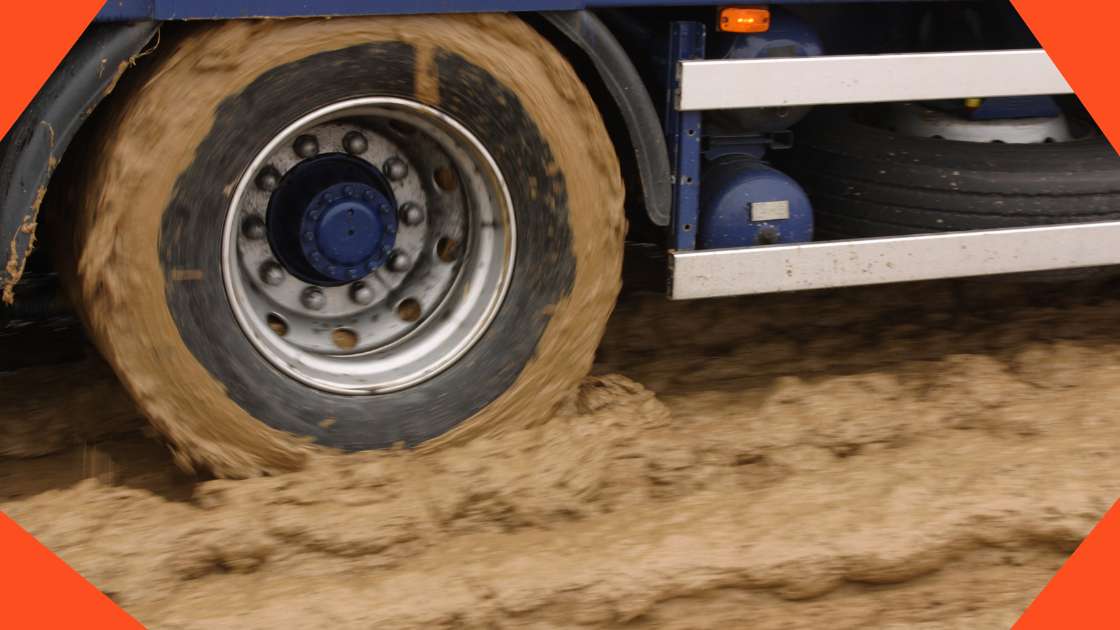
For those who love nothing more than splashing through puddles and trawling through muddy trails, mud-terrain tires are designed to excel in such conditions. These tires are built for ultimate grip and performance in softer, slippery environments.
- Aggressive Tread Design: The most defining feature of mud-terrain tires is their deep, chunky tread patterns, which provide enhanced traction on loose surfaces. These large lugs are specifically designed to dig into mud and soft earth material.
- Self-Cleaning: Many mud-terrain tires feature a self-cleaning design, which helps to expel mud and debris from the tread. This means you won’t get stuck as easily, as the tire maintains its grip while in challenging situations.
- Rugged Durability: Built to sustain significant abuse, mud-terrain tires boast reinforced sidewalls and sturdy materials, making them less susceptible to punctures from sharp objects encountered when off-roading.
A friend of mine recently made the switch to mud-terrain tires for his pick-up truck. Intrigued by the possibility of overcoming rough trails effortlessly, he decided to test them on a muddy backroad after a heavy rainstorm.
The difference was astounding—whereas before he would often find himself stuck or slipping, the new tires clawed through the muck, providing him a newfound confidence to tackle the terrain.
- Examples of Mud-Terrain Tires:
- BFGoodrich Mud-Terrain T/A KM3
- Nitto Mud Grappler
- Goodyear Wrangler MT/R with Kevlar
Certainly, the trade-off for the supreme grip provided by mud-terrain tires is increased road noise and possibly reduced fuel efficiency when compared to all-terrain options. This means while they may be the ideal choice for extremely muddy conditions, they might not be suitable for daily highway driving.
In summary, understanding the distinctions between all-terrain and mud-terrain tires can greatly enhance your off-roading experience. Whether you lean towards the versatility and comfort of all-terrain tires or the aggressive performance of mud-terrain tires, the right choice will enhance traction, safety, and overall enjoyment of your adventures. Happy off-roading!
Ply Rating and Load Range
As off-road enthusiasts gear up for their next adventure, understanding the specifications of tires becomes crucial for safety and performance. Among those specifications, ply rating and load range play significant roles in determining how well a tire will perform under various conditions.
Let’s dig deeper into what these terms mean and why they are vital for off-road tires.
Understanding Ply Ratings
Ply rating refers to the tire’s ability to carry loads and its strength based on the number of plies, or layers, of material used in its construction.
Historically, ply ratings directly correlated with the number of physical layers in the tire, but modern tires often utilize advanced materials that allow for improved strength without requiring additional plies.
- What Ply Ratings Mean:
- The ply rating is often represented numerically. For example, a tire with a ply rating of 6 means it is constructed to handle medium loads effectively.
- Common ply ratings for off-road tires include:
- Load Range C (6-ply): Suitable for lighter trucks and SUVs.
- Load Range D (8-ply): Ideal for vehicles that encounter moderate off-road conditions.
- Load Range E (10-ply): Designed for heavy-duty use; perfect for trucks towing or carrying heavy loads.
- Benefits of Higher Ply Ratings:
- Enhanced puncture resistance, essential for rocky terrains.
- Improved load-carrying capacity, giving drivers peace of mind on tough trails.
- Better overall durability, allowing the tire to withstand harsh conditions.
Consider the last camping trip you took. Your friend decided to use his standard all-season tires, while you opted for an E-rated tire.
While he struggled with sidewall punctures navigating through the gravel and bushy paths, your reinforced tires breezed right through, showcasing the strength and reliability inherent to higher ply ratings.
Importance of Load Range for Off-Road Tires
The load range is a critical specification indicating the maximum weight each tire can safely carry. It establishes guidelines for tire selection based on the vehicle’s intended use and the anticipated load.
Understanding load ranges helps ensure that drivers choose tires that match their vehicle’s requirements for stability and safety.
- Why Load Range Matters:
- Safety: An overloaded tire can lead to blowouts, resulting in dangerous driving situations. Knowing the correct load range helps avoid such perilous outcomes.
- Performance: Tires operating within their load range perform better, particularly in off-road conditions where proper traction and stability are crucial.
- Checking Load Ratings:
- Each tire will have a load index displayed on the sidewall, indicating the maximum load it can support. This is typically accompanied by a load range letter:
- Load Range B: Up to 1,100 lbs/tire
- Load Range C: Up to 1,400 lbs/tire
- Load Range D: Up to 1,750 lbs/tire
- Load Range E: Up to 3,500 lbs/tire
- Each tire will have a load index displayed on the sidewall, indicating the maximum load it can support. This is typically accompanied by a load range letter:
A personal experience highlights just how vital load ranges are: on one of my off-road trips, I witnessed a vehicle towing a heavy trailer equipped with inadequate tires. The tires buckled under the load, leading to a stressful and potentially dangerous situation.
Had the driver chosen proper load range tires, he would have ensured both his and his trailer’s safety during the journey.
- Calculating Load Requirements:
- When determining the right load range, consider the following:
- Total weight of the vehicle and any additional cargo.
- Towing capacity if applicable.
- Distribution of weight across the tires.
- When determining the right load range, consider the following:
In essence, understanding both ply ratings and load ranges is vital for selecting the right off-road tires. It directly affects safety, performance, and the overall experience during your adventures.
By investing time into learning these specifications, you will not only keep your vehicle in top condition but also enjoy a smoother and safer ride across those thrilling terrains. As always, the right choice can enhance every aspect of your off-road pursuit!
Tire Construction Materials
When it comes to off-road tires, the construction materials play a crucial role in determining performance, durability, and overall ride quality. Among the key types of tire construction are bias-ply and radial tires, each with unique features suited for different driving conditions.
Understanding these differences can help drivers make informed choices based on their needs and preferences.
Bias-Ply Tires
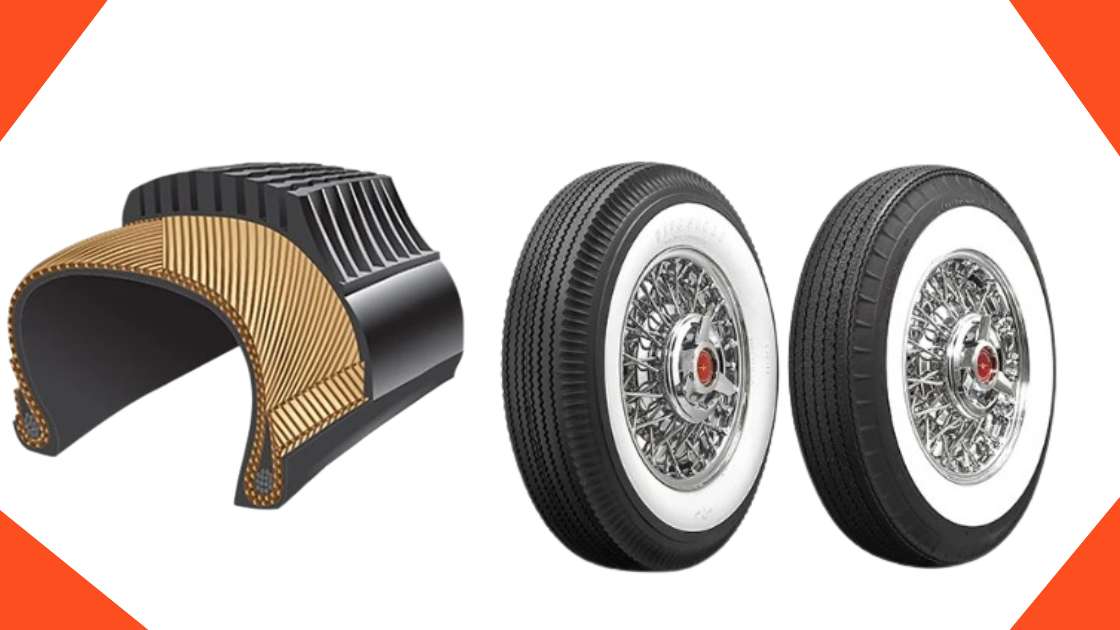
Bias-ply tires have been around for many years and remain a popular choice for certain applications, particularly in off-road environments. Their construction features layers of fabric plies that crisscross at angles, typically around 30 to 45 degrees, and are reinforced with a tough rubber compound.
- Key Characteristics of Bias-Ply Tires:
- Flexibility: The sidewalls of bias-ply tires are generally more flexible, allowing them to absorb shocks and provide a softer ride. This feature is beneficial for navigating rough terrains.
- Puncture Resistance: With the layered construction, bias-ply tires can be more resistant to punctures from sharp objects on trails.
- Cost-Effectiveness: Bias-ply tires are typically less expensive than their radial counterparts, making them an appealing option for those looking for affordable off-road solutions.
However, it’s essential to be mindful of some downsides. Bias-ply tires can experience increased rolling resistance, which may lead to reduced fuel efficiency on highways.
They also tend to wear out faster when constantly used on paved roads because of their softer construction. Imagine driving on an old logging road, where the surface isn’t just uneven but scattered with rocks and debris.
A friend of mine decided to equip their off-roader with bias-ply tires for just this type of terrain. They reported that the tires absorbed bumps well and provided impressive traction. Ultimately, they were able to traverse the rugged environment without as much worry about damaging their tires.
- Ideal Applications for Bias-Ply Tires:
- Rock crawling
- Mud driving
- Trail riding
Overall, bias-ply tires can be an excellent choice for specific off-road scenarios, especially those that prioritize flexibility and shock absorption.
Radial Tires
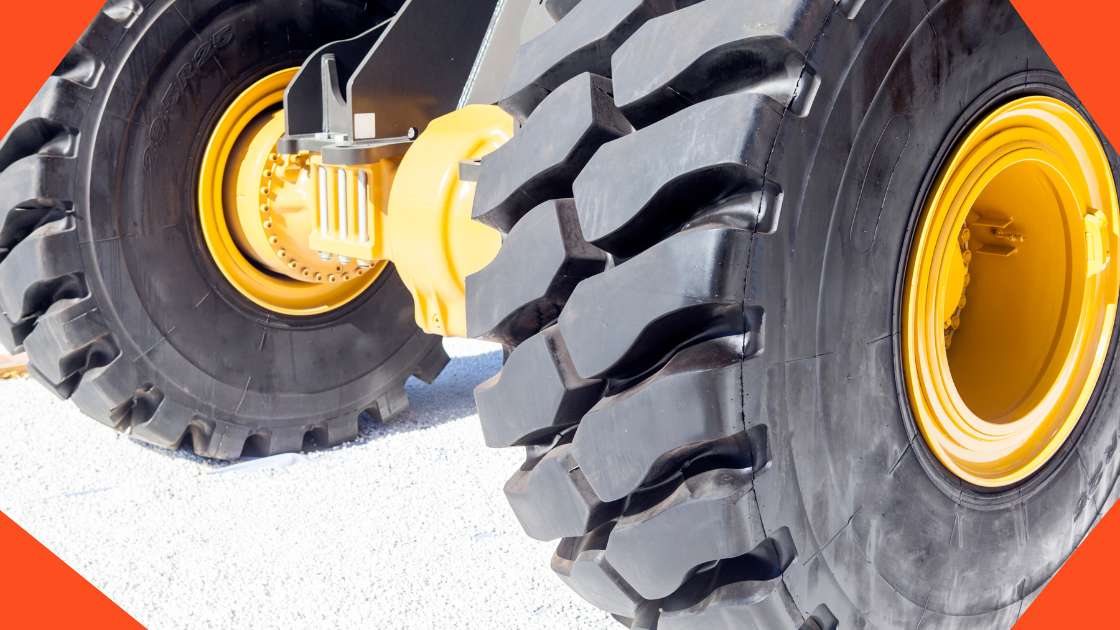
Radial tires have become more dominant in the modern tire industry, especially for those seeking a blend of off-road capability and on-road comfort. Radial tires feature plies that run perpendicular to the direction of travel, forming a more rigid structure that offers several advantages.
- Key Characteristics of Radial Tires:
- Better Heat Dissipation: The construction allows for improved heat dispersion while driving, enhancing performance and longevity.
- Longevity and Durability: Radial tires generally wear more evenly and can last longer compared to bias-ply tires, particularly when used on paved roads.
- Handling and Stability: With their stiffer sidewalls, radial tires provide superior handling and stability, particularly at higher speeds. This results in more predictable traction and better cornering capabilities.
However, as with any product, radial tires come with a few disadvantages. They can be more expensive than bias-ply tires and may not offer the same level of flex to absorb shocks in extreme off-road conditions. I remember discussing tire options with an experienced off-roader who swears by radial tires for his adventures.
After switching from bias-ply to radial, he highlighted the improved control while navigating through mud and uneven trails. He was impressed with how stable his vehicle felt even while traversing rocky pathways, allowing him to confidently tackle more challenging terrains.
- Ideal Applications for Radial Tires:
- Mixed on-road/off-road conditions
- Touring and long-distance travel
- All-terrain driving
In conclusion, both bias-ply and radial tires have their unique benefits and are designed for different driving experiences.
Understanding the distinctions allows off-road enthusiasts to select the best tire for their adventures, whether they are traversing rocky paths, engaging in mudding, or looking for a versatile tire suitable for various terrains.
By aligning tire construction with specific needs, drivers can enhance not only their vehicle’s performance but also their overall off-road experience.
Sidewall Strength and Design
The sidewalls of off-road tires might seem like a secondary consideration for many drivers, but they play an essential role in overall performance and safety.
Sidewalls that are designed with strength and durability in mind can significantly impact the driving experience, especially in challenging terrains.
Let’s explore the benefits of reinforced sidewalls and how various sidewall designs cater to different off-road conditions.
Benefits of Reinforced Sidewalls
Reinforced sidewalls are an invaluable feature of off-road tires, providing numerous advantages that enhance the safety and performance of any vehicle navigating rugged terrains.
- Puncture Resistance: The primary benefit of reinforced sidewalls lies in their ability to resist punctures and abrasions. Off-road environments often present sharp rocks, tree roots, and other obstacles that can easily damage standard tire sidewalls. However, tires with reinforced sidewalls are engineered to withstand these challenges, minimizing the risk of blowouts.
- Enhanced Stability: Reinforced sidewalls provide greater stability for vehicles, especially when carrying heavy loads or navigating through challenging paths. This added rigidity helps maintain tire shape, which can improve traction and handling during critical maneuvers.
- Improved Load Capacity: Tires equipped with reinforced sidewalls are typically designed to carry higher loads. This feature is crucial for off-road vehicles that may be transporting gear, towing trailers, or driving through heavy mud. Enhanced load capacity ensures that the tires don’t suffer under pressure, all while maintaining performance.
Imagine setting out for an ambitious off-road adventure with gear loaded onto your vehicle. You encounter rocky trails strewn with jagged stones.
A buddy of mine once unwittingly chose tires without reinforced sidewalls for such an expedition. They learned the hard way when a sharp rock punctured their tire, leading to a frustrating detour. Had their tires been reinforced, they might have navigated those paths without a hitch.
- Reduction in Sidewall Flex: Reinforced sidewalls significantly reduce the flex that can occur during aggressive driving. This benefit translates to better handling and traction, especially in corners, where sidewall flex can lead to a loss of grip.
In essence, opting for off-road tires with reinforced sidewalls is an investment in safety, performance, and reliability—vital components for enjoying every adventure.
Sidewall Designs for Various Off-Road Conditions
Different off-road conditions demand unique sidewall designs. Manufacturers tailor sidewalls to cater to specific terrains and driving styles, allowing off-road enthusiasts to select tires that best meet their needs.
- All-Terrain Conditions: For vehicles that frequently switch between on-road and off-road, all-terrain tires with moderate sidewall strength can be effective. These tires generally feature a balanced approach, providing enough rigidity for stability on rough paths while allowing for flexibility on smoother surfaces.
- Mud-Terrain Tires: When venturing into softer, muddy terrains, tires often feature additional sidewall height and a unique design that allows for better grip while digging into the earth. These sidewalls are often reinforced to prevent punctures from hidden objects in the mud while offering the flexibility necessary for traction.
- Rock Crawling: For those who enjoy extreme off-roading, rock crawling tires are built with thicker, heavily reinforced sidewalls. These tires are designed to endure significant impacts and provide maximum protection against sharp rocks. The designs often include features like sidewall lugs, which help provide traction when climbing over boulders.
- Sand Driving: Tires intended for sandy terrains typically have lower sidewalls to improve flotation over loose surfaces, reducing the risk of getting stuck. The sidewall design is optimized to handle sideways forces while maintaining traction, allowing drivers to glide smoothly across dunes without sinking.
Reflecting back on a trip with friends to the desert, I noticed the impressive performance of sand-specific tires. My friend, equipped with these tires, was able to drive effortlessly along the dunes, while those with all-terrain tires struggled to maintain momentum, often getting bogged down.
In summary, sidewall strength and design play critical roles in the performance of off-road tires. By understanding the benefits of reinforced sidewalls and recognizing how various designs respond to different conditions, off-road enthusiasts can make educated choices that elevate their driving experiences.
Ensuring that your tires are suited for your intended adventures not only enhances safety but also maximizes the thrill of the journey ahead!
FAQ for Types of Off-Road Tires
What is the best type of tire for off-road use?
It depends on the terrain. All-terrain tires are versatile, while mud-terrain tires excel in deep mud, and sand tires are best for dunes.
Can I use off-road tires on the highway?
Yes, but some off-road tires like mud-terrain models can be noisy and wear faster on highways. All-terrain tires are a better choice for mixed-use.
How do I choose the right off-road tire size?
Refer to your vehicle’s specifications and consider the terrain you’ll drive on. Larger tires can offer better clearance but may require vehicle modifications.
Are all-terrain tires good in snow?
All-terrain tires offer decent performance in light snow, but for heavy snow, it’s better to use snow-specific tires with a winter rating.
How often should I rotate my off-road tires?
It’s recommended to rotate off-road tires every 5,000 to 8,000 miles to ensure even wear and extend their lifespan.
Conclusion
Choosing the right type of off-road tire is crucial for a safe and enjoyable off-roading experience. Whether you need the versatility of all-terrain tires, the rugged performance of mud-terrain options, or specialized tires for sand or snow, there’s a tire type tailored to every off-road adventure.
By understanding the strengths and limitations of each tire type, you can ensure optimal performance and safety on any terrain. Remember, investing in the right tires can greatly enhance your vehicle’s capabilities, making each off-road journey more thrilling and worry-free.

